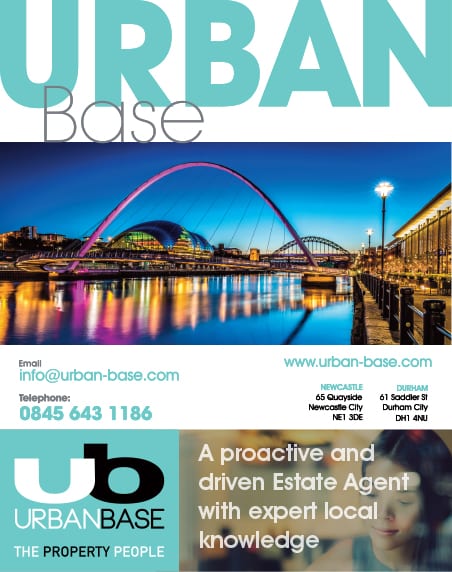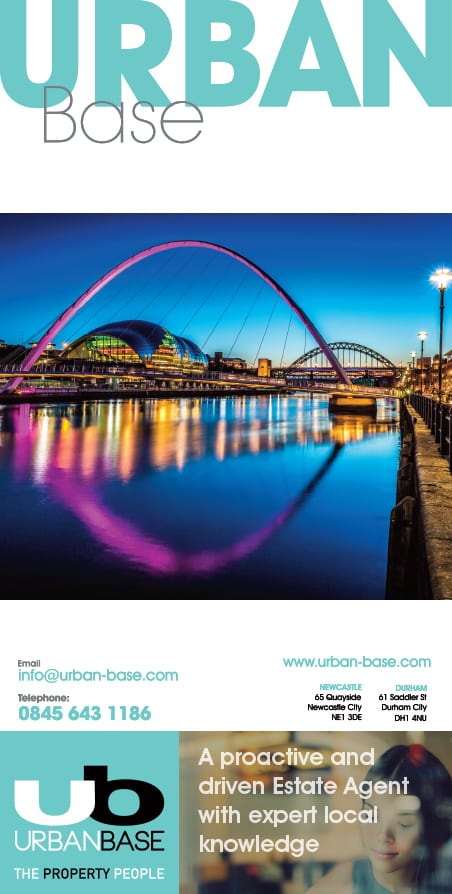Architectural Assistant at Dunwoodie Swift Architects, Jamie Whitfield, discusses his alternative route to qualification.
The traditional route into architecture broadly comprises a three year undergraduate degree, at least 1 year of professional experience (Part 1), a two year full time postgraduate degree, at least 1 year of professional experience (Part 2) followed by professional accreditation (Part 3). This structure has been around since the middle of 20th century and in recent years has been criticised for taking too long and being exclusionary to potential students from a wide variety of backgrounds.
In 2016, in response to this criticism, a group of architectural Practices and universities across the UK began developing a ‘trailblazing’ apprenticeship route. The model of this new apprenticeship is to combine the postgraduate study with professional accreditation and wrap it up in a single process. Not only does this streamline the later stages of an architect’s education, it also produces architectural graduates with a much broader and extensive practical experience.
In spring of 2018 I was preparing to embark on the second half of my studies and was looking to pursue the part time-distance master’s degree offered by Oxford Brookes. When the offer of the apprenticeship at Northumbria University, and the benefits this offered, was put onto the table the opportunity was too good to pass up.
In the autumn of the same year, I joined the first cohort of students taking the apprenticeship and embarked on the final stage of my education.
Before I joined Dunwoodie Swift I worked at a well-known Practice in Newcastle, who kindly supported me through my Part 1 experience and the first few years of study on the apprenticeship. They specialised in town planning/urban design, and volume housebuilding, and also have work in other areas including student housing, elderly care, and private residential. During the pandemic, lockdowns, and with working from home I moved to a different Practice. Based in Ripon, they specialise in complex planning cases, primarily land diversification in rural and agricultural areas; listed building consent; and projects in the greenbelt and conservation areas. They also had a regular stream of barn conversions, extensions, and private residential work – including paragraph 80 houses. My time with both companies gave me a breadth of experience of the various planning processes and the myriad complications within.
Though this experience was broad and varied, I needed to experience the whole construction process, in particular everything that follows the planning application, all the way through to completion. Something I had covered as part of the apprenticeship but need first hand practical experience of in order to attain my professional qualification.
In September 2022 I joined Dunwoodie Swift, and very quickly found myself working on technical drawings for a wide number of projects including some of the well-known exciting STACK projects that the Practice is becoming well known for. Whilst the technical aspects of using containers is quite niche, the opportunity to be so involved in this work serves to re-enforce a broader skillset which can be turned to a variety of sectors. Additionally, these projects move forward extremely quickly and have enabled me to communicate directly with the consultants and contractors, gaining valuable experience of the wider procurement process. Working with a tight knit group has given me the opportunity to take greater responsibility and a larger role within individual projects. After a brief pause, I look forward to finishing my studies next year with the support of Dunwoodie Swift.
Looking to the future, I eagerly anticipate the St James Fanzone (pictured) getting onto site and having the opportunity see a project, which I have been so heavily involved in from the outset, through to practical completion. On top of this shipping container-based scheme, other STACK projects which are located in existing buildings, provide an exciting opportunity to explore the retrofit sector, as well as the complications thrown up by listed building consents and conservation area controls. These complex projects throw up the opportunity to synthesise the research I carried out for my master’s thesis, into a well-rounded understanding of performance venue acoustics. All this helps to bolster my experience gained so far and leaves me excited to build my career as an architect at Dunwoodie Swift.
www.dunwoodieswift.co.uk


